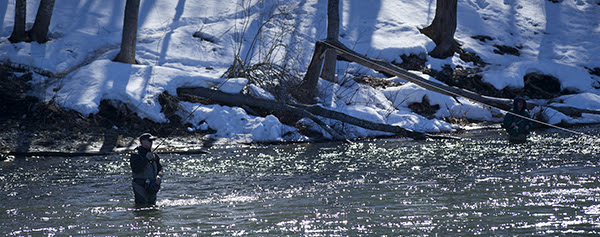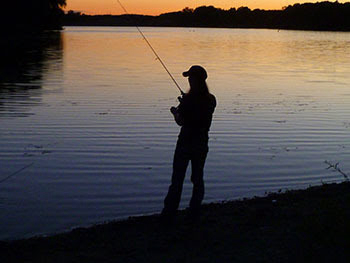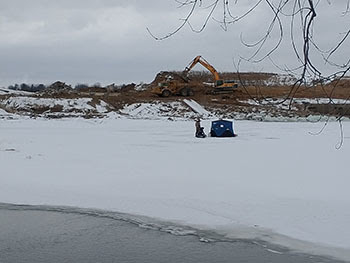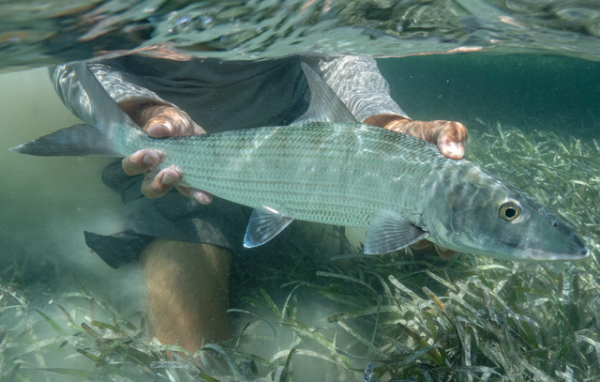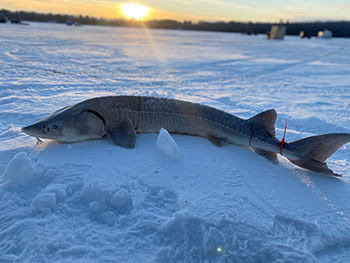Take time to clean and inspect lifejackets ahead of boating season
Surprising as it may seem, March is not a busy boating month in Iowa. But it is a good time to clean and inspect important boating equipment – lifejackets – so you’re ready to go when the snow and ice finally disappear.
Susan Stocker, boating law administrator and education coordinator for the Iowa Department of Natural Resources, said it’s important to regularly examining lifejackets for wear and tear.
“Lifejackets get tossed around, spend time in the water and sun, and are stuffed under seats and in other available storage. They get dirty and beat up. This is a good time of year to get them out and give them a little TLC,” she said.
She recommended each lifejacket be visually inspected for any rips or tears and ensure all straps and buckles work properly and not frayed. Inflatable lifejackets should be free of any cracks or pin holes in the plastic bladder, the CO2 cartridge sealed and stored in temperatures above freezing. Read more

